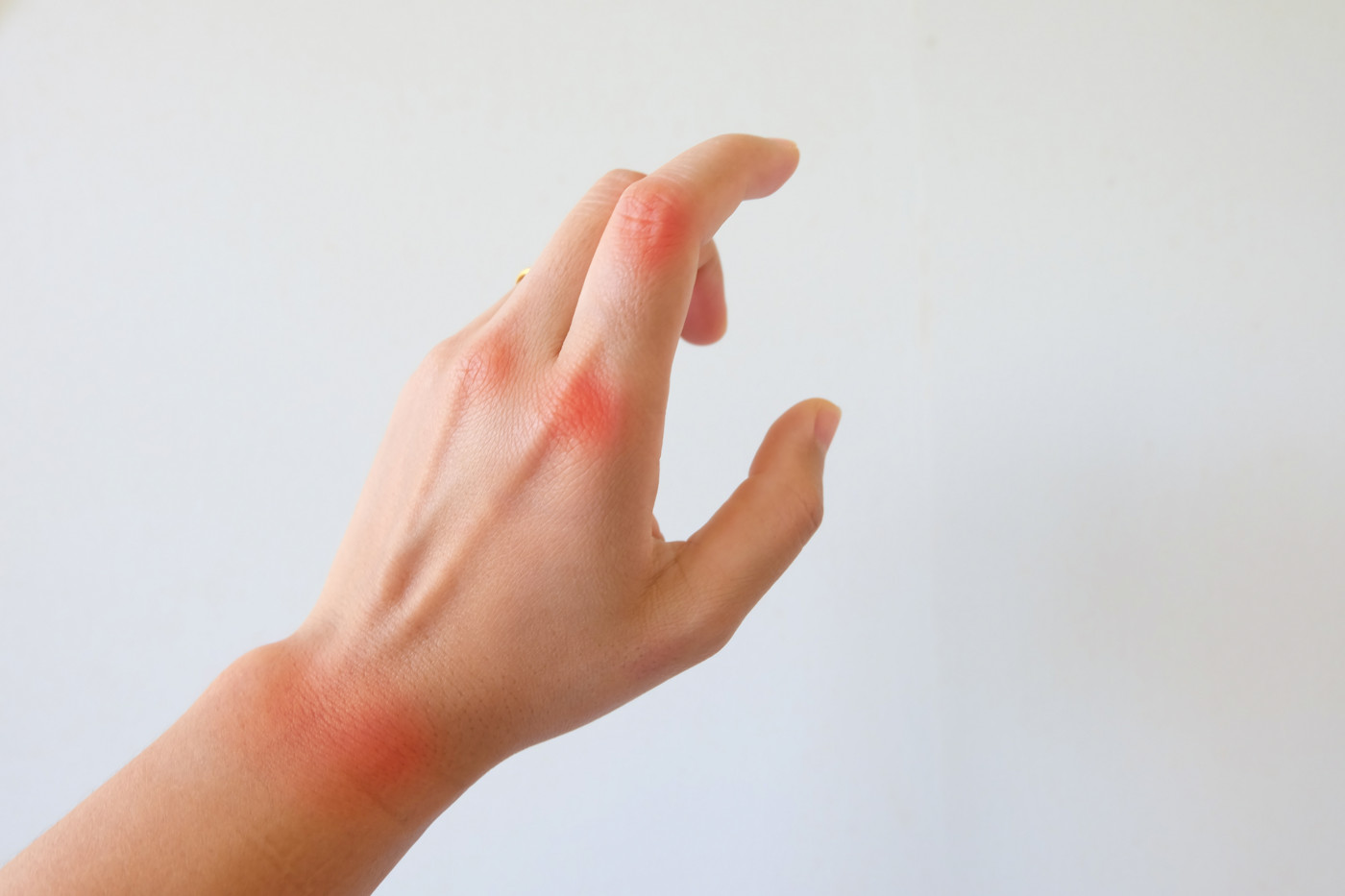Researchers Create Dressing Glove for EB Based on Patients’ Feedback
Written by |

King’s College London researchers created a new type of dressing glove for those with epidermolysis bullosa (EB), based on patients’ feedback. The glove was designed to adapt to patients’ hands, keeping fingers separated, facilitating wound dressing and improving their quality of life.
The findings of the study, “Iterative codesign and testing of a novel dressing glove for epidermolysis bullosa,” were published in the Journal of Wound Care.
Recessive dystrophic epidermolysis bullosa (RDEB) is a rare genetic skin disorder. In patients with RDEB, the skin blisters and tears easily, causing painful wounds, scarring, and webbing of the fingers (fingers sticking to each other). For this reason, RDEB patients must constantly re-dress their wounds to delay webbing and avoid further irritating the skin.
“EB patients need dressings that are non-adherent, semi-permeable and absorbent. However, dressing changes are often painful and time-consuming,” the researchers said. “While existing dressings meet many of the features for EB, none conform to the complex structure of the hand and have to be applied in patches. This requires additional bandages to hold dressings in place around the hand.”
A team of investigators from King’s College set out to create a dressing glove designed to meet the specific needs of RDEB patients. To achieve this, scientists adopted a co-design strategy comprising six phases, in which they worked closely with patients, caregivers, healthcare professionals, and manufacturers to develop the glove prototype.
During the first phase, researchers focused on assessing patients’ needs and experiences through individual interviews and focus group sessions held in two U.K. National Centres for EB between October 2014 and May 2015. Participants included six children with RDEB and their parents from two focus groups, and seven adult RDEB patients.
In phase 2, patients’ needs and experiences were interpreted through thematic analysis, which revealed eight basic user needs — absorbency, adherence, comfort, adaptability, ease of application and removal, breathability, protection, and hand hygiene — that were subsequently incorporated in the design of the glove prototype.
Based on this information, researchers created two initial glove prototypes, called Skinnies (S1) and Viscose (V1).
From phase 3 to phase 5, scientists developed, tested and refined the prototypes before performing final benchmark tests during phase 6 to decide which prototype could be the best for proof of concept with RDEB patients.
“Viscose (V1) gloves felt more soft and comfortable against the skin than S1 (…) Following submersion in water, the V1 gloves became slack, easing removal. S1 gloves did not slacken, raising concerns that removal would be difficult,” the investigators stated after testing the two glove prototypes on themselves.
“The main drawback to V1 was lack of conformability against hands/wrist which could potentially crease or sag,” they stated.
To solve this problem and improve the glove’s fit, investigators decided to use a higher percentage of elastane (V2). However, this also led to higher glove adherence, which could cause skin wrinkling and increase the risk of friction damage. Thus, scientists decided to increase the silicone concentration of the prototype to 5% (V3) to reduce adherence.
“Dressing glove V3 performed as well as V1 in the surrogate tests, however the gloves still had the potential to ‘drag’ over the hand, so a clinical protocol, agreed with the clinicians and patients, was developed for glove application and removal,” they said.
The next step is to carry out a proof-of-concept study to analyze the performance of the V3 glove prototype in patients with RDEB.
“The value-for-money proposition to the [National Health Service] of supplying the dressing glove will also be evaluated. The proof-of-concept study will determine whether the dressing glove is ‘fit for purpose’ for frequent use for EB or whether further functions are required to be built into the device,” they said.





